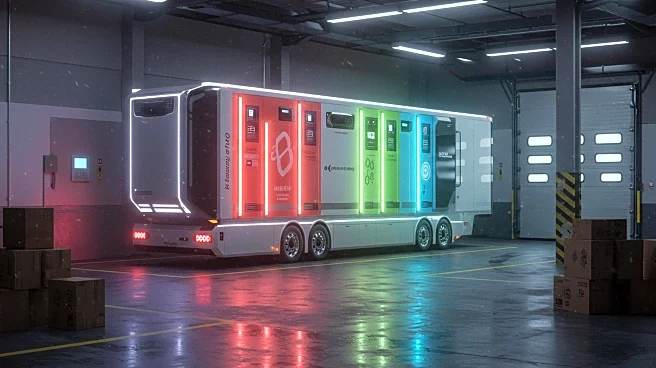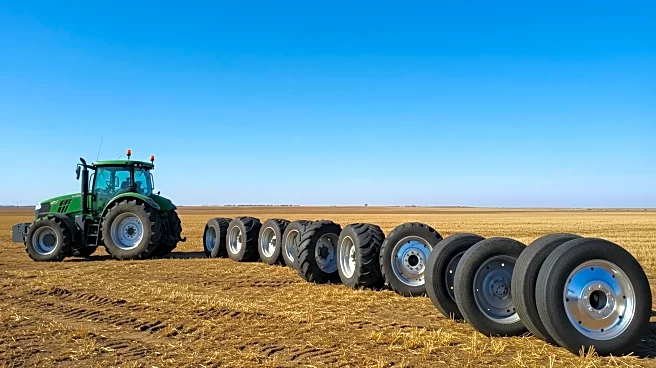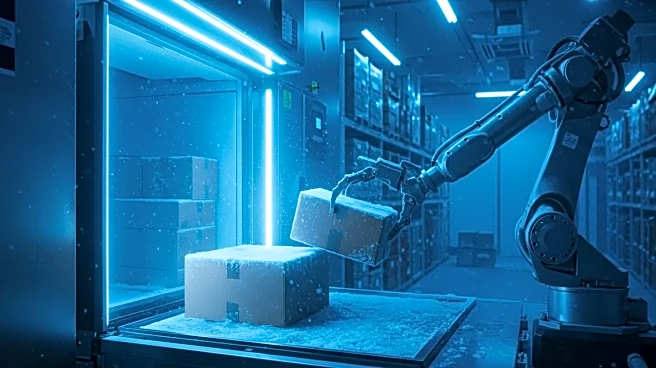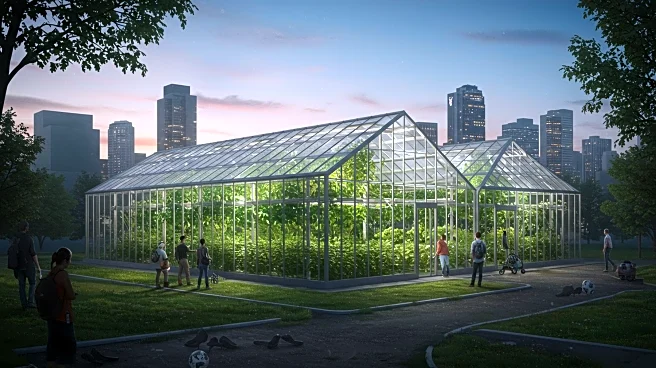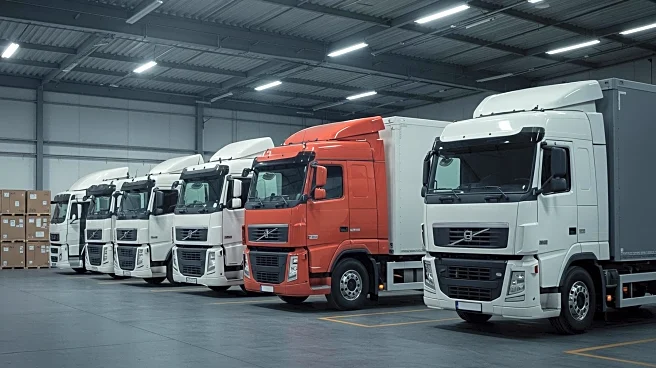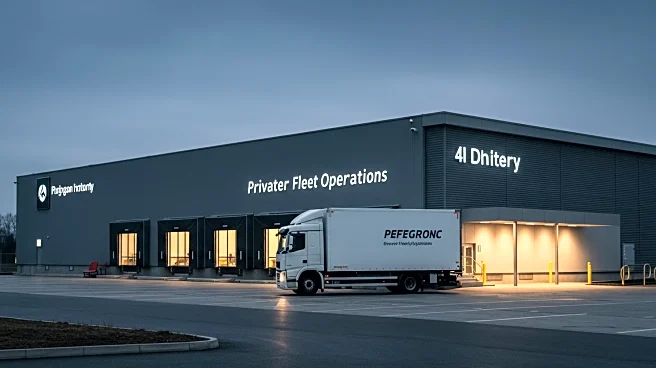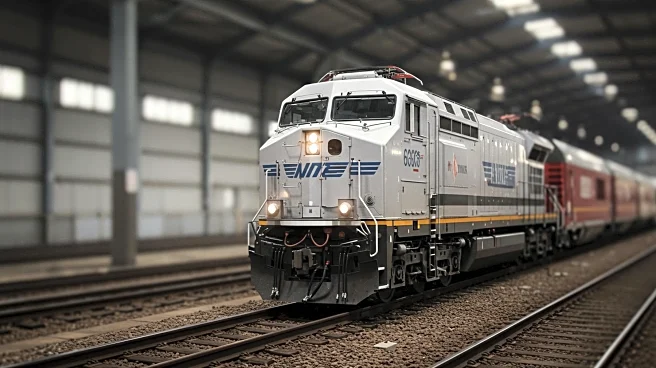What's Happening?
Food companies are increasingly adopting multi-temperature trailers to improve the efficiency of transporting diverse products. These trailers are designed with individually controlled compartments that allow for the simultaneous transportation of frozen, chilled, and ambient goods. This innovation addresses the logistical challenges of shipping products with varying temperature requirements, traditionally necessitating separate trucks or multiple trips. By consolidating loads, companies can reduce fuel consumption, vehicle miles, and carbon emissions, aligning with sustainability goals. The precise temperature control in each compartment also helps maintain product integrity, reducing spoilage and ensuring peak quality upon arrival.
Why It's Important?
The adoption of multi-temperature trailers represents a significant advancement in the logistics and transportation sector, particularly for the food industry. By enabling mixed-load deliveries, companies can achieve substantial cost savings through reduced fuel usage, lower labor costs, and improved fleet utilization. This approach not only supports environmental sustainability by cutting emissions but also enhances operational efficiency. The ability to maintain precise temperature control is crucial for preserving the quality of perishable goods, thereby extending shelf life and minimizing food waste. As consumer and retailer demand for greener supply chains grows, this innovation positions companies to meet these expectations while optimizing their logistics operations.
What's Next?
As the food industry continues to prioritize sustainability and efficiency, the use of multi-temperature trailers is likely to expand. Companies may invest further in this technology to enhance their supply chain capabilities and meet the increasing demand for environmentally friendly practices. Additionally, advancements in temperature control technology could further improve the precision and reliability of these trailers, offering even greater benefits. Stakeholders, including logistics providers and food manufacturers, may collaborate to develop industry standards and best practices for the use of multi-temperature trailers, ensuring widespread adoption and maximizing their potential impact.
Beyond the Headlines
The shift towards multi-temperature trailers also highlights broader trends in the logistics industry, such as the integration of technology to enhance supply chain efficiency and sustainability. This development may encourage further innovation in transportation solutions, potentially leading to new business models and partnerships. Additionally, the focus on reducing food waste aligns with global efforts to address food security and environmental challenges, underscoring the role of logistics in achieving these goals.
